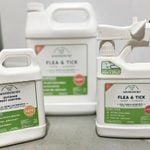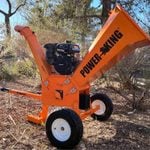How You Can Help Bees and Pollinators Thrive in Your Yard
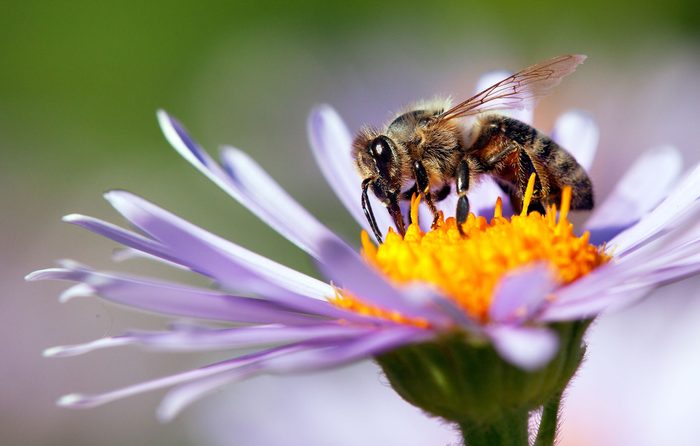
Native bees and honeybees are struggling in many places. Learn how to help the bees, butterflies and more beneficial bugs with these simple steps.
Our editors and experts handpick every product we feature. We may earn a commission from your purchases.
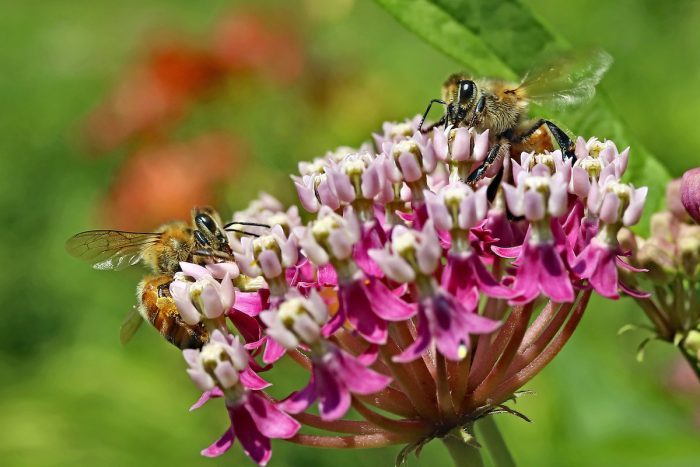
Bees are a big deal. These unsung heroes of the planet work hard to keep our food supply functioning. And 85 percent of flowering plants and trees rely on pollinators for survival.
Bees have been in the news a lot over the last few years. Declines in their populations are cause for alarm in many places. Fortunately, there are plenty of easy steps you can take to help bees and other pollinators, many at no cost.
Many gardeners are drawn to maintaining an insect-friendly garden. Besides offers a landing for pollinators, these need less water and pesticides, as well as less effort.
Here are some other ways you can help.
On This Page
Fill in the Lawn
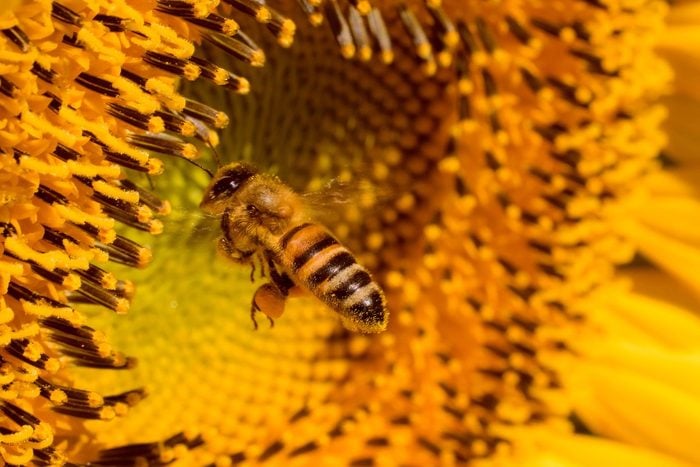
Traditional grass lawns reduce habitat and food sources for beneficial bugs and pollinators. Consider converting patches of your lawn from grass to flowers, shrubs or blooming ground covers.
Benjamin Vogt, the landscape designer and author of Prairie Up, says “if the plants are layered and chosen correctly to match the site, they will require less maintenance than a lawn.”
Avoid Pesticides
This one seems obvious, right? Of course, it’s not always that easy. Sometimes you have to deal with an infestation of cabbage worms or Japanese beetles.
The key: Treat problems where and when they happen, rather than applying broad-spectrum pesticides “just in case.”
Additionally, choose plants from local nurseries that don’t treat seeds with systemic pesticides, like neonicotinoids. These are found throughout the entire plant and can’t be rinsed off. They kill all insects by attacking the central nervous system. Many states require plants treated with systemic pesticides to be marked as such.
Jessica Walliser, a horticulturist and author of Attracting Beneficial Bugs to Your Garden, relies on beneficial predators to get rid of unwanted visitors — say, attracting ladybugs to snap up aphids. If necessary, she moves to physical controls such as hand-picking or using row covers. Those methods take care of minor pest infestations and reduce potential collateral damage to the helpful insects.
Grow Native Plants and Flowers
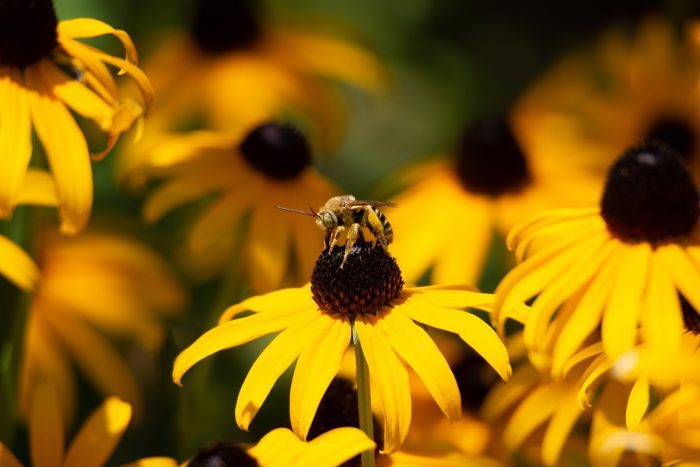
“Plant native plants, trees and shrubs, reduce lawns and expand the natural areas in your yard,” says Phyllis Stiles, founder and director emerita of Bee City USA, an initiative of the Xerces Society.
Mixed wildflower seed packets may contain invasive plant seeds like Chinese forget-me-nots, which can out-compete native plants and disrupt ecosystems. Other plants in these packets may not thrive in your area.
Planting native wildflowers is the best way to provide the nectar and pollen bees need. Those plants vary widely by region, so start by contacting your local extension office for suggestions. You can also access the Xerces Society’s Pollinator Conservation Resource Center. Their interactive regional map will help you locate the right wildflowers for bees in your area.
Native plant species “have coevolved with pollinators to produce the right nectar at the right time of year,” Walliser says. They’re a better choice than cultivars, which may not produce as much pollen.
Welcome Plant Diversity
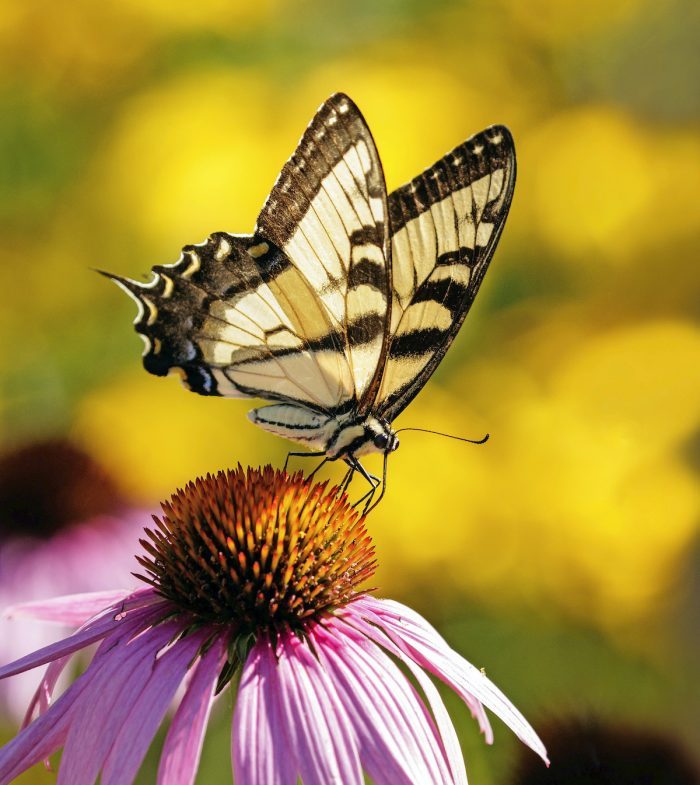
In wild spaces or gardens, variety in plants creates stability. “The more diversity you have in shapes, colors and structures, the more beneficial insects and pollinators you will have in the garden,” Walliser says.
Be Kind to Weeds
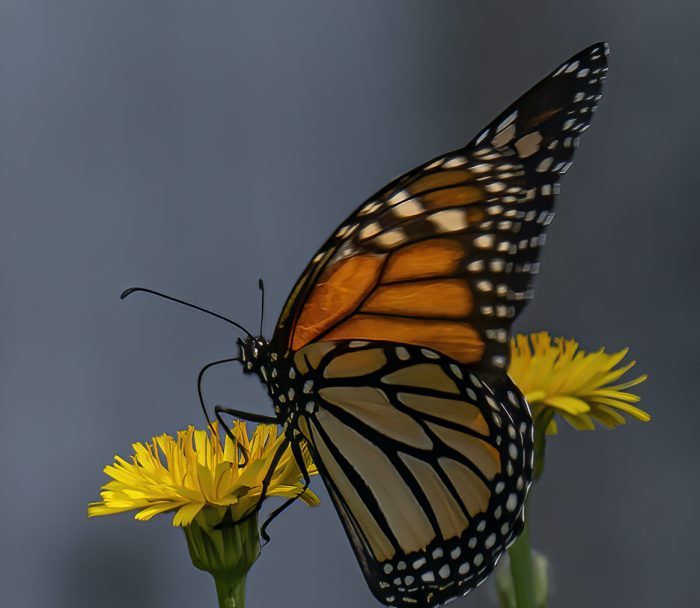
On that same note, don’t pull or mow weeds too quickly. After all, what you consider a “weed” may be a wildflower that bees depend on.
“Sometimes the plants that are the most useful in attracting pollinators are the ones we call weeds,” says ecological landscape designer Jessi Bloom, whose Washington garden buzzes with visitors to her wild yarrow, clover, fennel and even dandelions.
Consider leaving a patch of your yard as wild as possible. If space allows, plant a wildflower meadow. Additionally, contact your local government and urge them to consider mowing roadsides and medians less frequently, to allow wildflowers to thrive. Of course, you do want to control invasive and poisonous plants.
Plan for a Full Year of Blooms
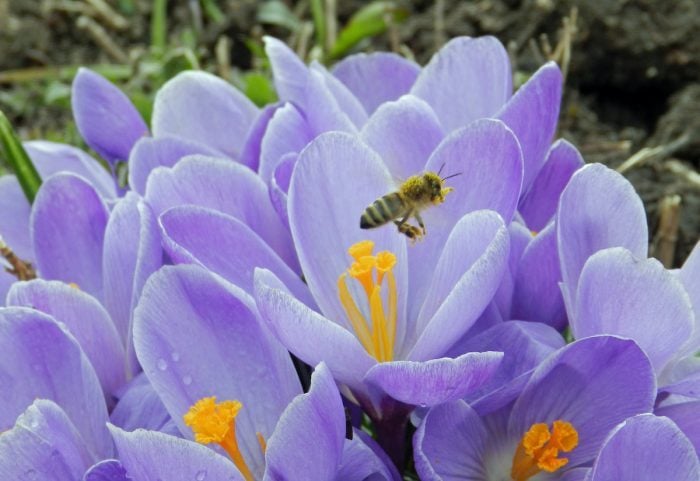
Try to provide pollen for the entire growing season. Start the year with winter or early spring blooms such as crocus, heath and witch hazel, then transition to spring with phlox and columbine. Finish out fall with members of the aster family.
Do Less Work for More Pollinator Benefits
Raking leaves seems like the quintessential fall chore. But if you want to help bees, it’s better to leave leaves alone when you can, at least until late spring. Many types of wildlife depend on leaf litter to stay warm and safe over the winter, including queen bees. Leaf litter also protects plants from harsh weather.
When you skip fall raking and cutting back plants, the spent stalks and patches of debris create homes for overwintering critters. Leaves also make great mulch for your lawn.
In spring, try to wait until the local fruit trees like apples and pears have finished blooming. That’s when most bees have emerged from winter hiding and it’s safe to rake. Walliser leaves perennials intact for overwintering insects and allows wool carder bees to steal lamb’s ears’ plant fuzz. Her garden is a bustling and balanced ecosystem.
Create Nesting and Overwintering Spots for Pollinators
“Seventy percent of bee species nest in the ground,” Stiles says. “Reserving areas of dry, bare, undisturbed ground provides places for them to raise their young in the early spring.”
The remaining 30 percent of native bees nest in stumps and snags, so leave some in your landscape. Drill holes in blocks of untreated lumber for bee habitats.
If you’re feeling especially hospitable, erect a bee hotel, a structure with stacked, narrow tubes that mimics a bee’s natural living quarters. Avoid placing the bee hotel in shade, which might attract unwanted wasps. Make it face southeast. Bees like to be warm in the morning before heading out to gather pollen.
To Help Bees, Learn About Bees

The Xerces Society is an excellent place to start. Most of us are familiar with bumblebees, but they’re not the only variety. Take the time to learn about all the bees that live in your area so you can recognize them and know which especially need your help.
And become an advocate. Petition for a community or school garden, and campaign to grow native plants in public spaces.
Take the Pollinator Pledge

If you’re already gardening for beneficial bugs, take the Xerces Society Pollinator Pledge. Join more than 10,000 gardeners in the project at xerces.org. To support pollinators, gardeners promise to:
- Grow pollinator friendly flowers;
- Provide nest sites for bees and butterflies;
- Find pesticide alternatives;
- Talk to neighbors about pollinators’ importance.

